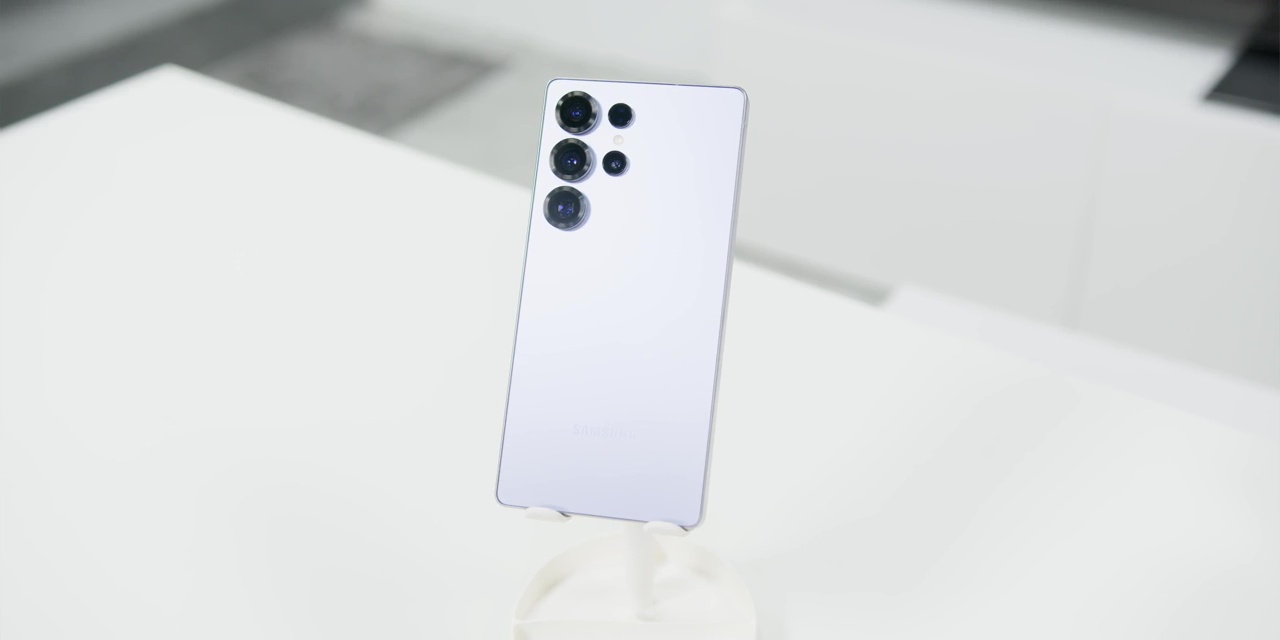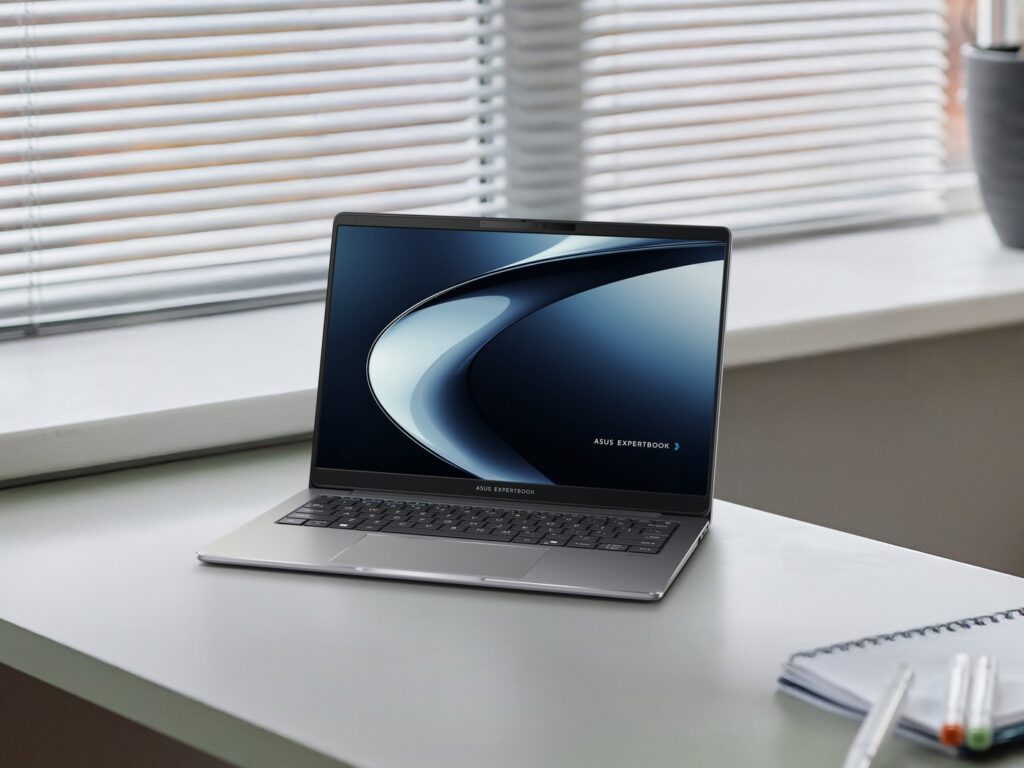New Snapdragon Chip for Galaxy S26 May Mark Historic Shift in Smartphone Performance
Recent leaks suggest a significant leap in performance for the upcoming Samsung Galaxy S26 series, with the Snapdragon 8 Elite 2 chip reportedly outperforming Apple’s A19 Pro chip in CPU tests. This development could mark a historic shift in the mobile processor landscape, where Android phone chipsets could lead in performance over Apple’s flagship iPhone chips.
Snapdragon 8 Elite 2: Initial Rumours and Expected Integration
While the Galaxy S25 series exclusively utilised the Snapdragon 8 Elite, rumours indicate that the Galaxy S26 series will integrate both the Exynos 2600 and the new Snapdragon 8 Elite 2, with regional variations expected. Preliminary performance figures for the Snapdragon 8 Elite 2 have now emerged, hinting at substantial improvements.
Leaked Performance Metrics: Geekbench Scores Revealed
According to Chinese tipster Digital Chat Station (DCS) on Weibo, the Snapdragon 8 Elite 2 chip, rumoured to be built on TSMC’s third-generation 3nm process node, shows impressive Geekbench 6 CPU scores. The octa-core CPU reportedly achieves over 11,000 points in the multi-core test and more than 4,000 points in the single-core test.
Direct Comparison: Outperforming Apple’s A19 Pro
These figures represent a notable performance increase of 29% in single-core tests and 12% in multi-core tests compared to its predecessor, the Snapdragon 8 Elite chip. Crucially, early reports claim that the Snapdragon 8 Elite 2 matches the Apple A19 Pro chip in single-core CPU performance and significantly surpasses it in multi-core performance. Additionally, sources suggest that the chip’s Adreno 840 GPU includes 16MB of dedicated graphics memory.
Redefining the Competitive Landscape
If these reports prove accurate, it would be the first instance in history where a CPU used in Android flagship phones, including the Galaxy S26, exceeds the performance of Apple’s top-tier iPhone chip. This comes on the heels of the Snapdragon 8 Elite’s GPU (found in the Galaxy S25) already outperforming the A18 Pro’s GPU (used in the iPhone 16 Pro Max). This potential shift could redefine the competitive landscape of high-end smartphone performance.




